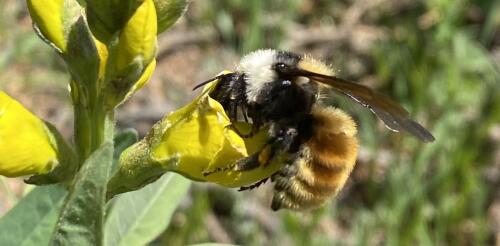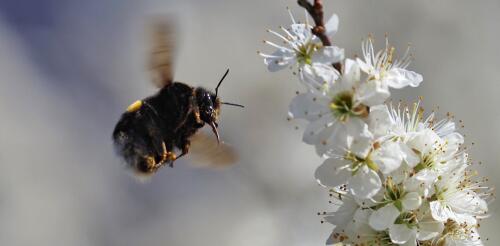Pollination
Imagine a bee crawling into a bright yellow flower. This simple interaction is something you may have witnessed many times. It is also a crucial sign of the health of our environment – and one I’ve devoted hundreds of hours of field work observing. Interactions between plants and pollinators help plants reproduce, support pollinator species like bees, butterflies and flies, and benefit both agricultural and natural ecosystems. These one-on-one interactions occur within complex networks of plants and pollinators. In my lab at the University of Colorado Boulder, we’re interested in how these networks change over time and how they respond to stressors like climate change. My team emphasizes long-term data collection in hopes of revealing trends that would otherwise be unnoticed. Working at Elk Meadow Ten years ago, I began working in Elk Meadow, which is located at 9,500 feet (or 2,900 meters) elevation at the University of Colorado’s Mountain Resear...
As trees and flowers blossom in spring, bees emerge from their winter nests and burrows. For many species it’s time to mate, and some will start new solitary nests or colonies. Bees and other pollinators are essential to human society. They provide about one-third of the food we eat, a service with a global value estimated at up to $US577 billion annually. But bees are interesting in many other ways that are less widely known. In my new book, “What a Bee Knows: Exploring the Thoughts, Memories, and Personalities of Bees,” I draw on my experience studying bees for almost 50 years to explore how these creatures perceive the world and their amazing abilities to navigate, learn, communicate and remember. Here’s some of what I’ve learned. It’s not all about hives and honey Because people are widely familiar with honeybees, many assume that all bees are social and live in hives or colonies with a queen. In fact, only about 10% of bees are social,...

